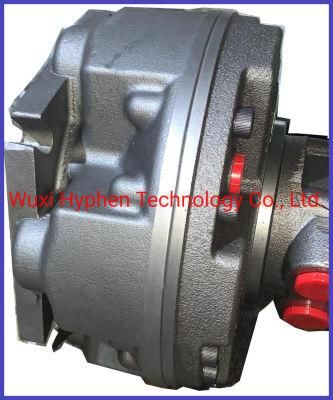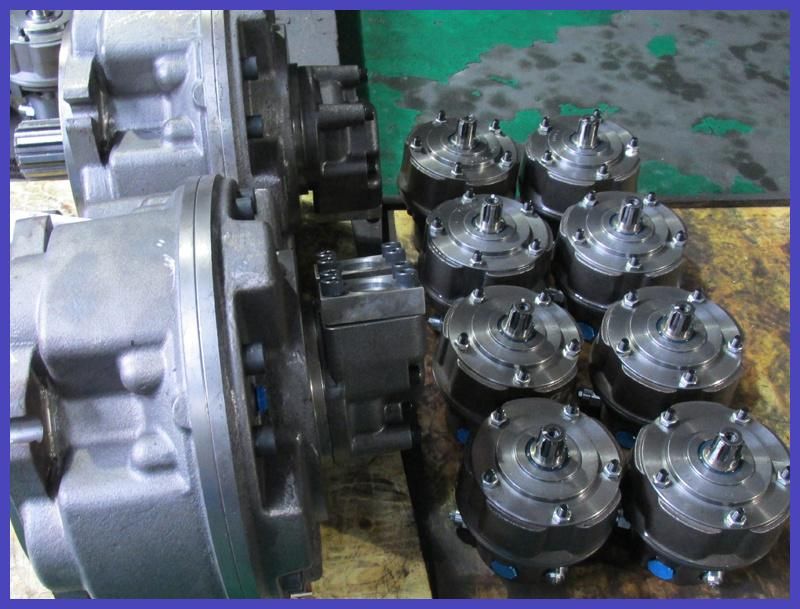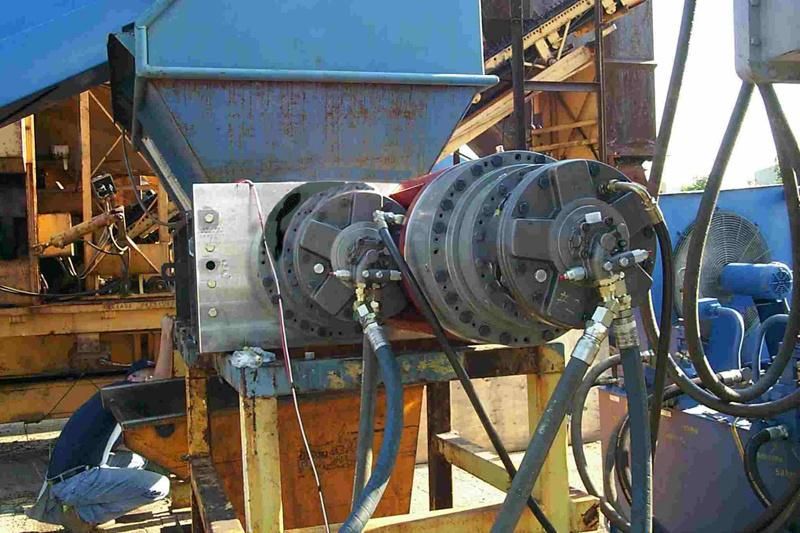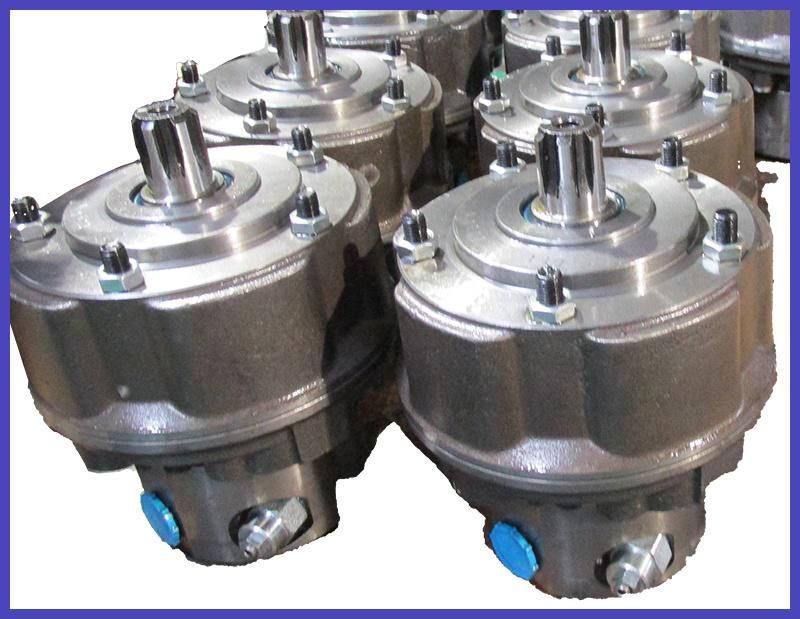
Hydraulic Engines Sai hydraulic Motor (GM1 /GM2/GM3)
Wuxi Hyphen Technology Co., Ltd.- Certification:GS, ISO9001
- Power Rating:1000W
- Speed:Low Speed
- Type:Plunger Type
- Transport Package:Plywood Case
- Specification:HGM1-200
Base Info
- Model NO.:GM1-250
- Trademark:Hyphen
- Origin:China
- HS Code:8412291000
- Production Capacity:100000PCS,Year
Description
Basic Info.
Model NO. GM1-250 Trademark Hyphen Origin China HS Code 8412291000 Production Capacity 100000PCS/YearProduct Description



Crankshaft hydraulic motor, our type number: HGM1-250, Replace number is
GM1 250 3 H V D47.
The theory displacement is 250 ml/r, rated pressure is 25Mpa, the max rotation speed is 700r/min, rated torque is 980 N. M.
Hydraulic motors are powered by pressurized hydraulic fluid and transfer rotational kinetic energy to mechanical devices. Hydraulic motors, when powered by a mechanical source, can rotate in reverse direction and act as a pump. Operating specifications and features are the most important parameters to consider when searching for hydraulic motors.
The most important operating specification to consider when searching for hydraulic motors is the motor type. Choices for motor type include axial piston, radial piston, internal gear, external gear, and vane. An axial piston motor uses an axially-mounted piston to generate mechanical energy. High pressure flow into the motor forces the piston to move in the chamber, generating output torque. A radial piston hydraulic motor uses pistons mounted radially about a central axis to generate energy. An alternate-form radial piston motor uses multiple interconnected pistons, usually in a star pattern, to generate energy. Oil supply enters the piston chambers, moving each individual piston and generating torque. Multiple pistons increase the displacement per revolution through the motor, increasing the output torque. An internal gear motor uses internal gears to produce mechanical energy. Pressurized fluid turns the internal gears, producing output torque. An external gear motor uses externally-mounted gears to produce mechanical energy. Pressurized fluid forces the external gears to turn, producing output torque. A vane motor uses a vane to generate mechanical energy. Pressurized fluid strikes the blades in the vane, causing it to rotate and produce output torque.
